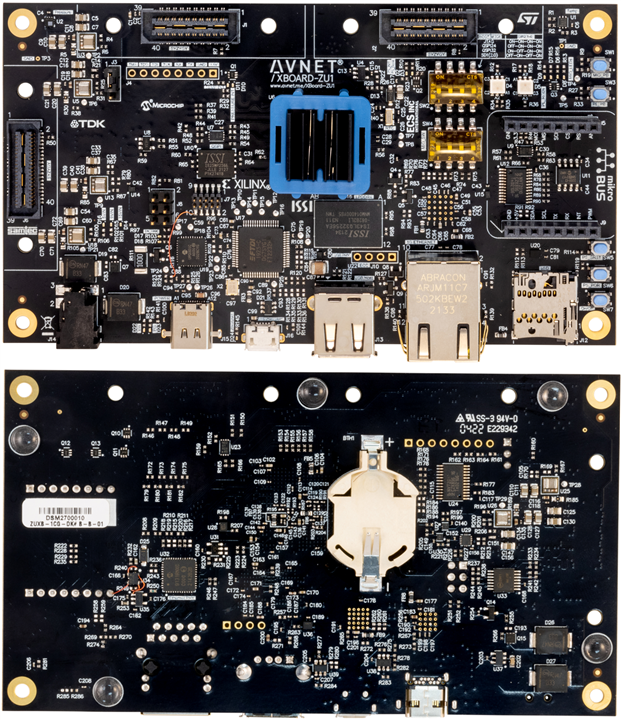Hello all!
With the ZUBoard 1CG now being released I wanted to take some time and bring you through a blog series highlighting what went into the creation of the ZUBoard 1CG development kit. In particular we are going to discuss everything from defining the product and using the design capture tools, to discussing pit falls and problems solved that took place in delivering this development kit to customers.
Here is a rough outline of what to expect.
Avnet ZUBoard 1CG Development
- Concept
- Reasoning behind wanting this board and use cases with a product
- How to begin, system architecture
- Pin Mapping of a AMD-Xilinx Device
- Defining Chip Sets used
- What meets your system Architecture design
- Todays Chip Challenges, putting this as a top priority
- Order Now!
- Beginning Schematic Capture
- Challenges of Schematic Capture
- Defining Variants within Altium, reasoning behind defining different builds
- Finalizing Schematics, Review process etc..
- Proceeding to Layout
- Initial Placement and Review
- Trace Length matching and Review
- Finalizing Layout, what to look for
- Prototype Build Woes
- Board Bring up Process
- Defining Functional Test Procedure
- Tool Experience
- Vivado/PetaLinux
- Equipment Used
- Results and Changes from Prototype to production
- Defining Factory Acceptance Test for Production
- Tool Experience
- First Article Review
- What is a FA and what should you do?
- Functional Testing Results
- Actions
- Defining Functional Test Procedure
For information about the released ZUBoard 1CG please see https://avnet.me/zuboard-1cg. Now let’s begin!

With any product being brought into today’s market you need to define the reasoning up front for why this offers value to your customers. This is no different for the development board market which tends to enable users in their own product development. First off let’s define goals and reasoning behind doing a development board from Avnet’s perspective. Avnet is a distributor in the marketplace, who takes products from various suppliers such as AMD-Xilinx, Microchip, ECS, TDK, and STMicroelectronics and sells them to various customers whom are looking for an all-encompassing distributor whom can provide parts of all sorts from a single source. With this in mind, Avnet wants to enable users to the best of its abilities with these key suppliers. This is the key goal and reasoning we came up with when defining this development board. With this in mind here are the goals, reasoning, and customer value add that is driving this kit.
Goal:
- Provide the lowest cost Zynq Ultrascale+ development kit in today’s market
- Development Kit to be targeted towards first time engagement, ease of market entry, and training enablement
- Provide the most flexible solution available to allow customers to design and develop all kind of applications
- Provide the necessary support to enable users to be successful with their development
- Linux Support
- Vivado and Vitis Support
- Forum Support
- And More!
Reasoning:
- Enabling users with this development board in this manner will allow Avnet to promote desired supplier chip sets in end customer solutions. This in turn will allow Avnet to capture additional chip sells for new products being brought to the market.
- This allows users to take less risk in their development by taking advantage of a proven system architecture in addition to taking advantage of the starting point Avnet offers when it comes to Software and OS support.
Customer Value Add:
- Providing a kit that is the lowest cost in the market enables a new set of non-traditional customer base that would traditional be priced out
- Flexibility of development kits enables customers to prototype thousands of solutions with minimal additional hardware development required.
- Avnet provides the design files to qualified customers of the development kit to enable ease of reuse of these qualified solutions enabling faster time to market for customers.
With these goals in mind, we began the ZUBoard 1CG development kit design.
Link to Blog #2 - /products/devtools/avnetboardscommunity/b/blog/posts/zuboard-1cg-2-how-to-begin-system-architecture
